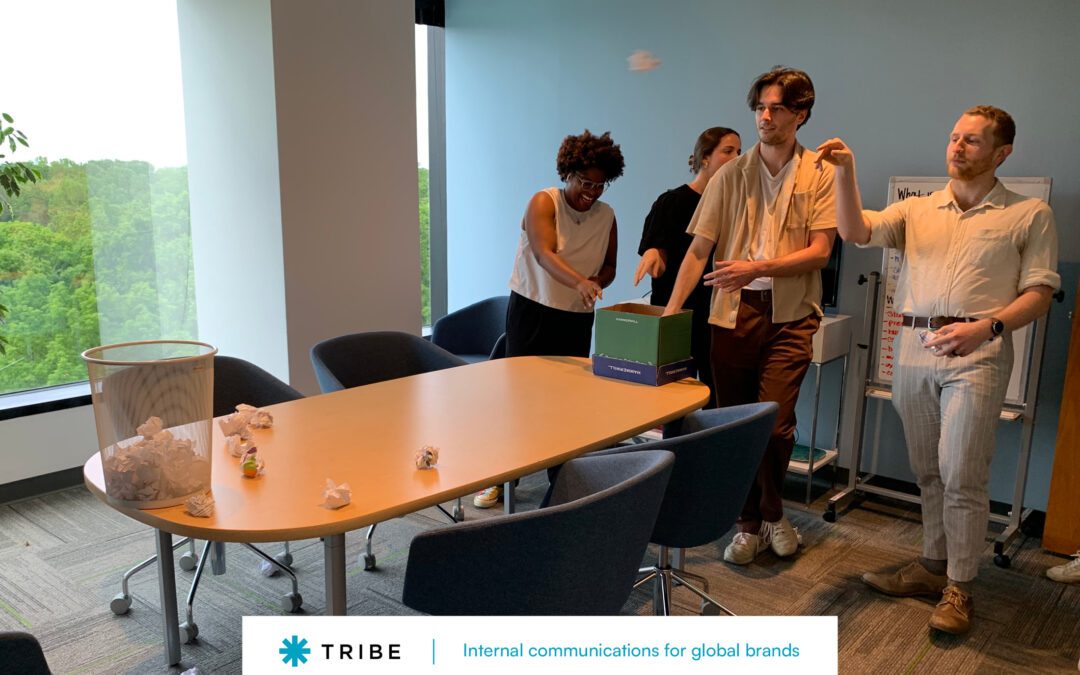By teaming up to ensure that all internal communications are aligned, we can improve employee engagement and improve issues around communication overload.
Every communication that an employee receives is in some way competing with every other communication that an employee receives. Employees receive an email describing a new manufacturing process and the KPIs that are expected. They receive a new list of company values. They’re warned that open enrollment closes at the end of November. They receive a link to the new television ad that airs this weekend.
In many companies – perhaps most companies – the various types of communications are controlled by different departments and different leaders with different goals and agendas. There tends to be limited collaboration and coordination between the departments. This lack of coordination often results in an onslaught of communications that are repetitive, fail to provide a complete picture or can even conflict with other communications.
There are things we can do to improve how we communicate with employees.
Audit and prioritize
Clearly understand the volume and kinds of communications that employees in various roles receive. What’s causing communication overload? What kinds of information are they expected to understand? Are the communications well-written and to the point? Are the communications branded in a way that seems to come from the same company? Do you understand whether or not employees value the various types of communication?
We don’t communicate to a company, we communicate to people. And not every communication that we send is critical to running the business or even relevant to all employees. Communications to frontline employees should most often be immediate and actionable. They generally don’t need to know about things that are being planned a year from now. Communications to team leaders and people managers might be more high level and focused on planning and strategy. Few need to know the intricate details of manufacturing processes.
This doesn’t minimize the importance of culture or vision-related content. But people have their own priorities based on their role and what they are trying to accomplish in that moment. So if they’re overloaded with twenty other priorities, they’re likely to miss the culture article that week.
Plan and calendarize
In most companies, there is fierce competition for communicating with certain roles or segments of the population – store managers, plant managers, sales teams. When leaders are in charge of an initiative, they often feel the latest email needs to be in front of employees immediately. While that is sometimes true, most often, there is an optimal time for a communication to reach employees.
By mapping out a communications calendar that captures every type of employee communication, we can better understand and manage the volume of information employees are asked to digest. Targeting audiences and spreading out communications – being more intentional about when they’re sent – can greatly increase the likelihood that employees actually pay attention to it.
Team up and collaborate
By meeting regularly to collaborate, communicators from various teams can dramatically improve the relevance and impact of employee communications. Effective communications often requires input from multiple sources.
Don’t just describe a process to employees. Help them understand why this change will drive company success. Use storytelling to provide context on how individual roles connect to the rest of the company. Show what it looks like when organizational values guide the way employees do their work. Help them understand how their work contributes to fulfilling the promises the company makes to customers in advertising or sales materials.
These are just some of the many ways that teaming up and aligning internal efforts can reduce communications overload and improve the quality of the work. Need help figuring out a team approach? Tribe can help.










